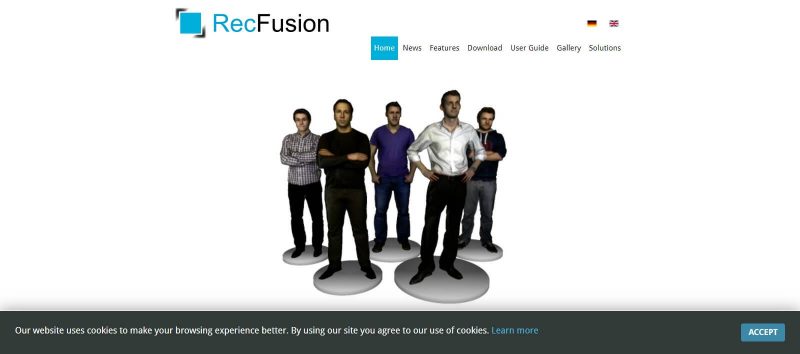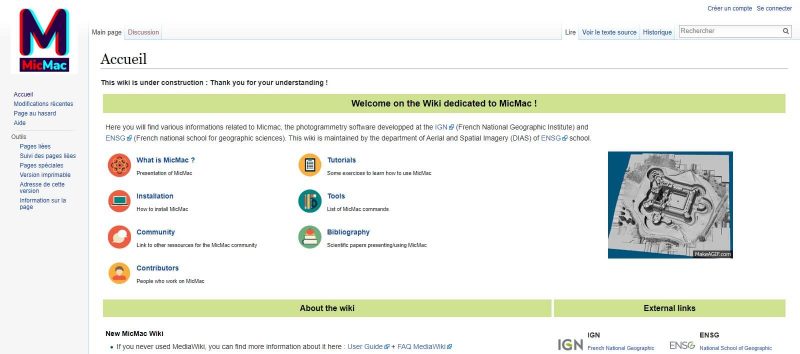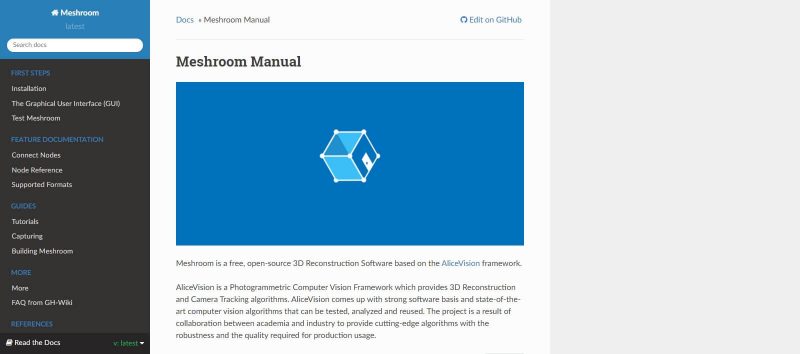Not only is 3D scanning all about capturing real-world data in a very precise manner but also converting the captured data into a 3D model. Recently, the use of 3D scanners was expanded.
They were now starting to get mainly used also for makers and hobbyists rather than strictly for industrial applications. Since then the demand for scanning devices that can transform real objects into 3D printable models has grown. And there has been a lowering effect on the prices.
As people are realizing, like in 3D Printing, so in 3D scanning too, you have the software that is playing a lot of important parts. Their demand and accuracy in the 3D Scanning software have grown.
So, do you also have the question that most people have about 3D Scanning and 3D Scanning software in particular i.e. what’s the most popular, affordable, 3D scanning hardware and software? If you do, this article would really help you discover that.
What you will also find in this article is a website review of the software that we list you down to use. How is it being on their website, what are the other services that they also offer apart from 3D Scanning Software?
The most popular, and affordable 3D Scanning Software
3D scanning is a field that is also deeply linked with 3D printing. But at the same time, it’s also an independent field that benefits a lot from advances in fields related to it because it is all dependent.
So fields that you see playing a part in systems around you such as computer vision, reconstruction algorithms, and sensor technology are all involved. Basically, 3D scanning is a field that is the set of techniques that is used in order to digitize a physical object.
In other words, you can say that 3D Scanning transforms an object into a 3D file, which can be later edited. All of this begins with a suitable scanner which is the device that is used for 3D Scanning.
MeshLab

The first claim made by them on their website is that MeshLab is the “open-source system for processing and editing 3D triangular meshes.” This 3D Scanning Software provider provides a set of tools for editing, cleaning, healing, inspecting, rendering, texturing, and converting meshes.
These are the same lists of tools that are provided by the website’s main competitors i.e. Meshixer and Netfabb. MeshLab is a website that has originated from various academic backgrounds.
It will be very interesting to see how this website while you are on it, gives more weight to features than appearance.
Because it has a long list of tools it’s questionable if all of them will be useful to the more average user.
Overall, MeshLab has good import and export options, as well as it copes well with models from all popular CAD software. A result is minimizing the need that is otherwise present for file conversions.
How is it like being on their website?
There are seven tabs that are present on the website’s homepage. As soon as you land on the homepage, you see its name and a little description for the same on its right. Scrolling down you see the picture that is otherwise trying to hide completely.
And you realize it’s not just one, but there are a total of fifteen pictures. Every picture depicts some of the other features that this 3D Scanning software providing website has.
Scrolling down, you realize there are not many things kept on the website trying to catch your eyes. In fact, it’s all news about some kind of changelog that is applicable to the different versions of scanning software.
Scrolling down a little further the website makers have provided an option to Download on the homepage itself. Being on this website is so simple you want to take them for granted.
Going down to the end of the homepage you get to see the references, which are actually some kind of published Literature, by one or the other person available for you to read.
RecFusion

This website uses depth sensors, such as the Microsoft Kinect, Asus Xtion Pro Live, and the Intel RealSense. If you are wondering what they are meant to do in the field of 3D Scanning and 3D Scanners, well they reconstruct scenes, mainly of people and environments.
This 3D Scanning Software comes in three versions:
- The single-sensor standard version which is more suitable and recommended for scanning enthusiasts.
- Whereas the Pro version which has (multi-sensor) and is better the professionals.
- A step higher than Pro is the premium SDK version, which includes both single- and multi-sensors. But what this essentially does is, it also integrates real-time 3D reconstruction directly into your application.
The software has a very neat and simple user interface. Herein all the main functions and parameters are to the left side of the workspace.
There is a live image from the sensor or in some cases sensors that are in the middle. And this live image is like the live preview of the object that is being scanned on the right.
So, the number of things that you can possibly change is the parameters of each sensor and observe the differences in the resulting mesh.
Something that you can also try to do is correct any errors in the initial scans by rescanning certain areas. Reconstruction can also be done in both modes i.e. either “live” or “offline.”
How is it like being on their website?
What strikes your eyes the very first time when you land on the homepage of the website are five dudes’ models looking at you. There are three slides used in the slider presentation, two of which have these five dudes, one is in color and the other is in black and white.
There are in all seven tabs on the website’s homepage. And just when you are looking to find some more information on the homepage and when you scroll down there are some sentences under the title “Turn Your World into a 3D Model.” And that’s it. An option to Download ends the homepage of RecFusion.
If you are willing to check out and compare this 3D Scanning Software with other ones, the third tab will probably interest you like no other. It’s about features that have all kinds of the technicality that you were probably willing to see on the homepage.
Apart from the third tab, if you are a designer or someone who wants to know about how to operate this software or how the scanner would work after it is integrated with the scanning software, the sixth tab of the website is also going to interest you.
Clicking on which, you will get to see videos that are uploaded by these professionals. You have an office chair, bookshelf, motorcycle helmet, motorcycle, and a person’s models that are on these videos.
MicMac

Here is another open-sourced 3D Scanning software that is dedicated to mesh reconstruction from datasets created with photogrammetry. The target audience of this software is a bit more towards the scientific and academic space.
And this also makes sense given that the software’s creators are the French bodies of the National Institute of Geographic and Forestry Information and the National School of Geographic Sciences.
A core strength of this 3D Scanning software is modules. MicMac can be used in varieties of real-life reconstruction applications, for example, cartography, environment, industry, forestry, heritage, and archaeology.
On first look, the software’s command-line based user interface looks a bit old-fashioned, because MicMac lets the user take control whenever desired. Another key area wherein the software’s strength lies is in the ability to adapt to the type of user.
So, if you are an advanced user you will love the ability of this 3D Scanning software to set and experiment with every possible parameter. And this parameter is also even at intermediary stages of data analysis or calculations, thanks to its use of open data formats.
Whereas, if you are an inexperienced user, you will find the scanning software convenient to just use the commands with their default values.
For some reason, we weren’t able to open the website of MicMac, although you may try on your end to open it. But, we won’t able to review it. So, moving on to the next one on the list.
Meshroom

If you are a foodie as well as a 3D Scanning software geek, this would definitely remind you of Mushroom. Isn’t it?
This 3D Scanning software is the free and open-source graphical user interface of AliceVision. Although the software overall is very simple and straightforward, there are some rooms for its improvement. And one of that is: The user has to load all the pictures of the object that are available.
You would have to hit Start and then wait for the results of the calculations. Waiting on software for so long is very not-justified.
There are also some strong features of Meshroom like the different reconstruction modes that can be used and the analysis of each phase, gives you a lot of control over your models.
Something else which is equally useful is the ability to add extra pictures to a semi-finished project. What this does is, it saves time instead of having to redo all the calculations.
The texture handling of this software is also good until the surface isn’t too glossy. However, one downside to this software is that because there are no scaling options, you can get really large physical objects reconstructed.
Because all of them are very small in dimensions, but this is something that can be very easily fixed. Another significant downside is the requirement for a CUDA compatible GPU.
How is it like being on their website?
If you are expecting the website’s URL to be something like Meshroom.in or org or net or whatever, you are going to be surprised because the URL is in fact under the name Alicevision.
The reason is already mentioned at the start of the above section. The homepage of the website contains an interesting picture, wherein one side of the lion’s face or maybe the tiger is kept the one that you get to see in the 3D Scanning software. There are seven tabs on the homepage of this website.
The second one amongst them from the left is titled Meshroom. Clicking on which, you get to see the development of a cube from lines until the webpage completely opens up.
There is a video that is meant to give you a little information about this software. You can make a donation by clicking on the option just beneath this video.
Scrolling down you will have an option to download Meshroom is either Windows or Mac. There are some more videos when you scroll down to make you understand the applications of this 3D Scanning software and as you have on most websites, when you reach at the end of the webpage there are three columns.
The first one is titled “Informations,” making you wonder was that “S” necessary, the second one titled Alice Vision, and the third one titled Meshroom.
The Conclusion
A simply good 3D Scanning software is never good enough because what you need is something that can accompany your good scanner. So, you’ll also need good software in order to complete the scan.
The scanner on its own is usually known to produce a set of raw points; whereas it’s the software and underlying algorithms that will determine the final quality of the resulting mesh. Here are some of the main functions of 3D Scanning software that you will need.
Good scanning software will optimize based on available hardware and create a process workflow. It will also organize the photographic data and recognize the computing textures.
Most importantly good 3D Scanning software will respond to real-time changes in the working environment and reconstruct the real object digitally. All of the software mentioned above are freely available to download.







